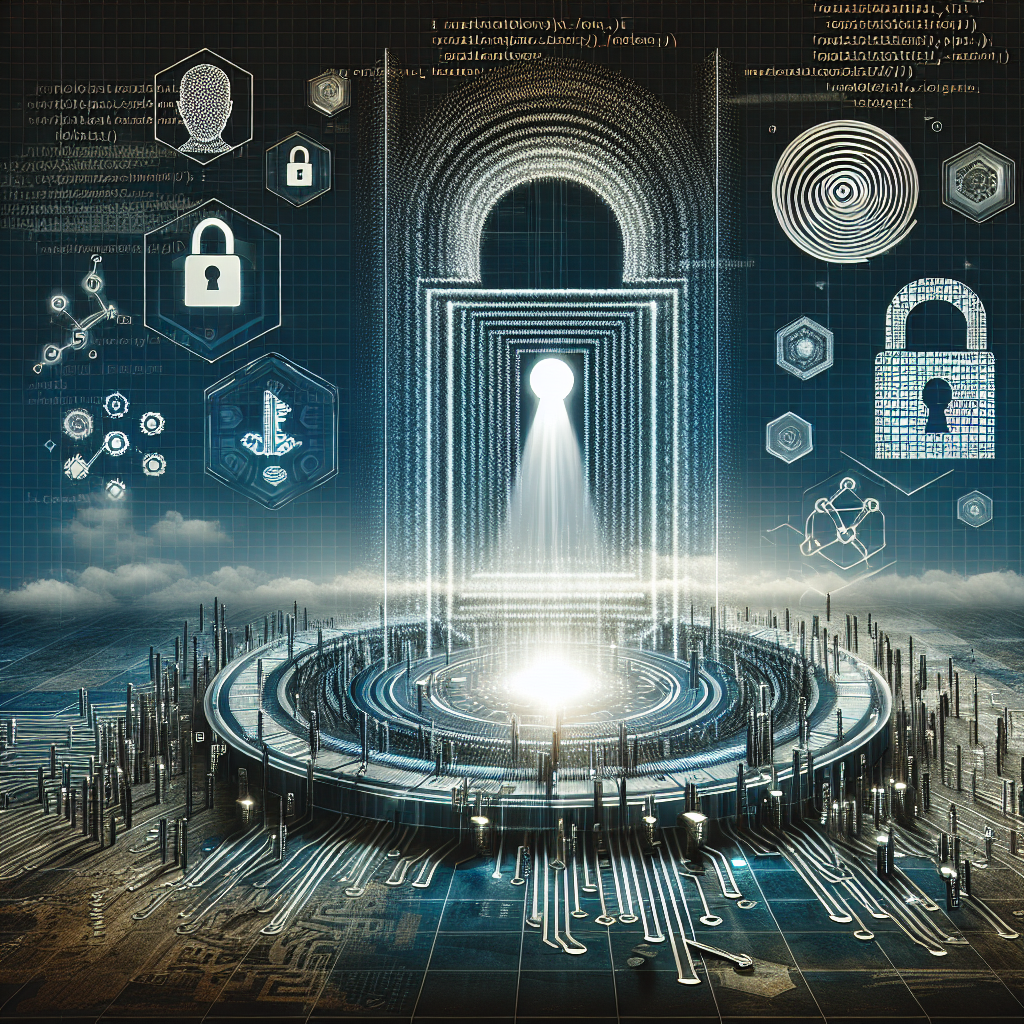In an era where digital landscapes are constantly evolving, cybersecurity has emerged as a fundamental pillar in both personal and business environments. Cyber threats are becoming increasingly sophisticated, making it essential for organizations to adopt robust security measures. Among the most critical components of a comprehensive cybersecurity strategy is Identity Access Management (IAM) software. In this article, we explore the future of cybersecurity and how identity access solutions are shaping this landscape.
Understanding Identity Access Management (IAM)
Identity Access Management (IAM) refers to the policies and technologies that ensure the right individuals have the appropriate access to technology resources. IAM systems are designed to manage digital identities and control user access across various platforms. With Cybersecurity threats on the rise, IAM has become indispensable for organizations across all sectors.
Why IAM Is Essential
As remote work becomes the norm and businesses increasingly depend on cloud services, the potential attack surface for cybercriminals expands. Identity Access Management allows organizations to enforce stringent access controls, mitigating the risks associated with unauthorized access, data breaches, and identity theft.
The Rise of Advanced Identity Access Solutions
AI and Machine Learning: The New Frontiers
Advancements in artificial intelligence (AI) and machine learning (ML) are revolutionizing IAM solutions. These technologies enable predictive analysis, identifying unusual access patterns and behaviors that could indicate potential security threats. For instance, if an employee typically logs into their system from New York, and suddenly there’s an access attempt from overseas, machine learning algorithms can flag this behavior, allowing IT teams to intervene promptly.
Zero Trust Architecture: Trust No One
The Zero Trust model, which operates on the principle of “never trust, always verify,” has gained traction as businesses look to fortify their cybersecurity posture. This approach integrates seamless identity verification and access controls into all user interactions, regardless of location. As more organizations shift to this framework, Identity Access Management solutions will need to provide real-time verification processes that are both user-friendly and secure.
The Human Element in Cybersecurity
Building a Culture of Security Awareness
While technology plays a crucial role in protecting sensitive information, it is imperative to recognize the human element in cybersecurity. Educating employees about potential threats, such as phishing attacks and social engineering, can greatly enhance organizational security. IAM solutions often include user training modules to help staff recognize and manage their own digital identities responsibly.
Empowering Employees with Self-Service Options
Modern IAM solutions are becoming increasingly user-friendly, allowing employees to manage their access permissions efficiently. With self-service portals, users can reset their passwords or request access changes without needing constant IT support. This not only empowers employees but also reduces the load on IT teams, allowing them to focus on critical security issues.
Future Trends in IAM Software
Integration and Interoperability
As organizations invest in diverse software solutions, the need for integrated IAM systems will become more pronounced. Future identity access solutions will focus on interoperability, ensuring seamless communication across various platforms and applications. This will facilitate centralized access management, providing a holistic view of user activities and security compliance.
Biometric and Multi-Factor Authentication (MFA)
The future of IAM will see a rise in biometric authentication and multifactor authentication (MFA). By deploying various factors—such as something the user knows (password), something the user has (a mobile device), and something the user is (biometric verification)—IAM software can significantly enhance security against unauthorized access.
Conclusion: The Road Ahead
The future of cybersecurity lies in robust and adaptive identity access solutions. As organizations continue to navigate the complex digital world, IAM software will play a pivotal role in protecting sensitive data, ensuring compliance, and enabling seamless user experiences. By leveraging emerging technologies like AI, embracing the Zero Trust framework, and prioritizing the human aspect of security, organizations can build a resilient cybersecurity posture—alleviating fears and allowing them to focus on innovation and growth.
In an increasingly connected world, investing in effective identity access software is not just a smart decision; it’s essential to protect the future of businesses and individuals alike.






